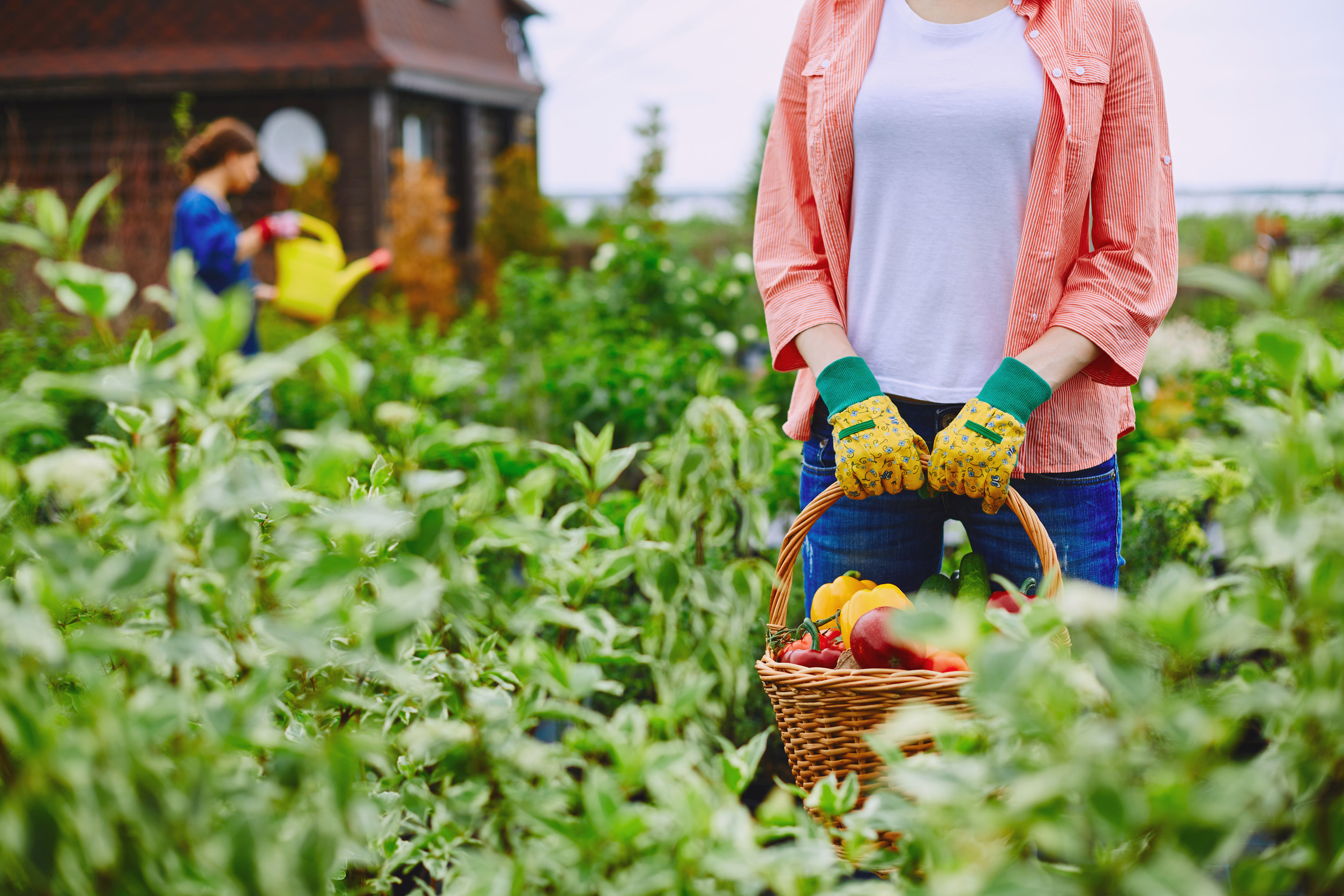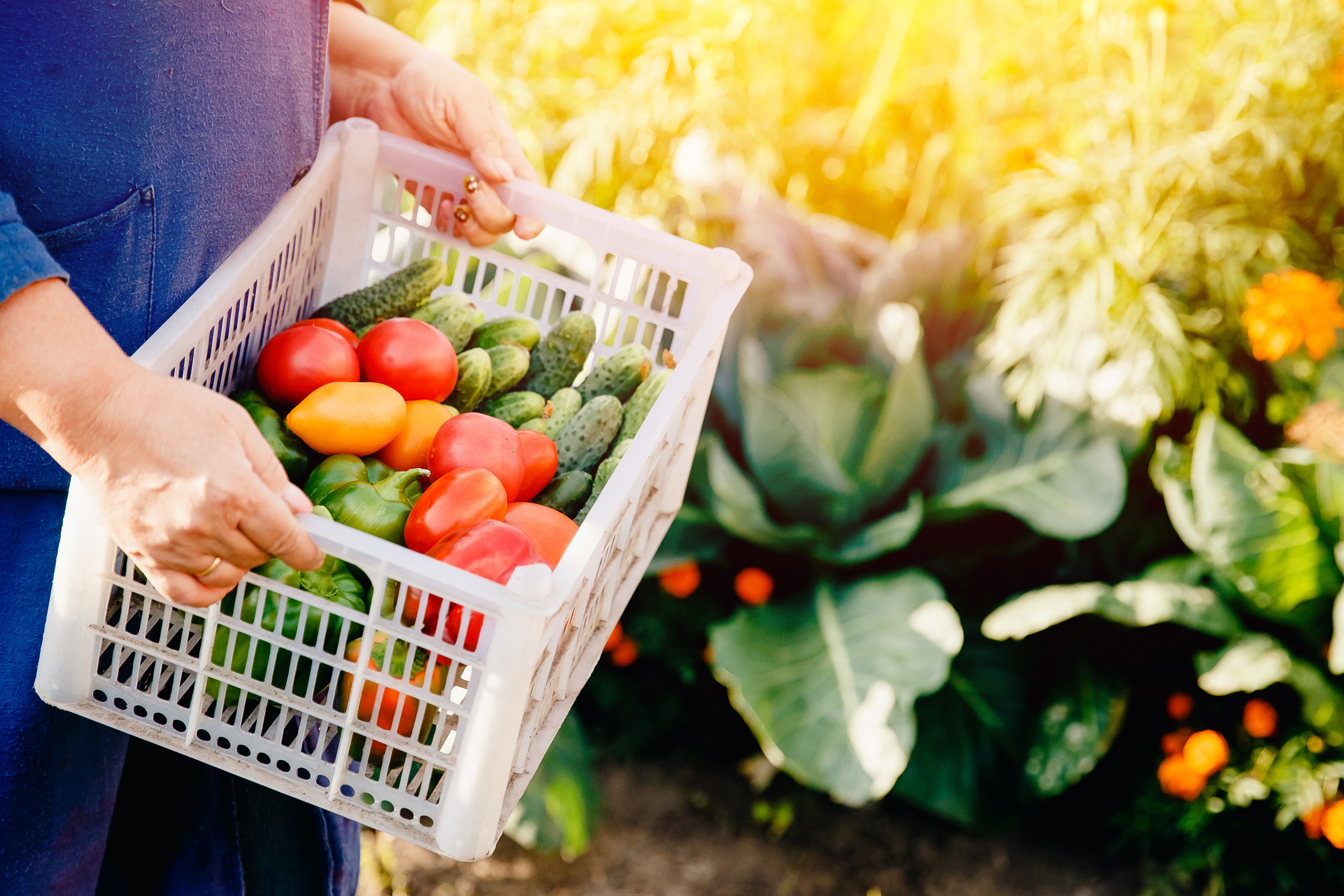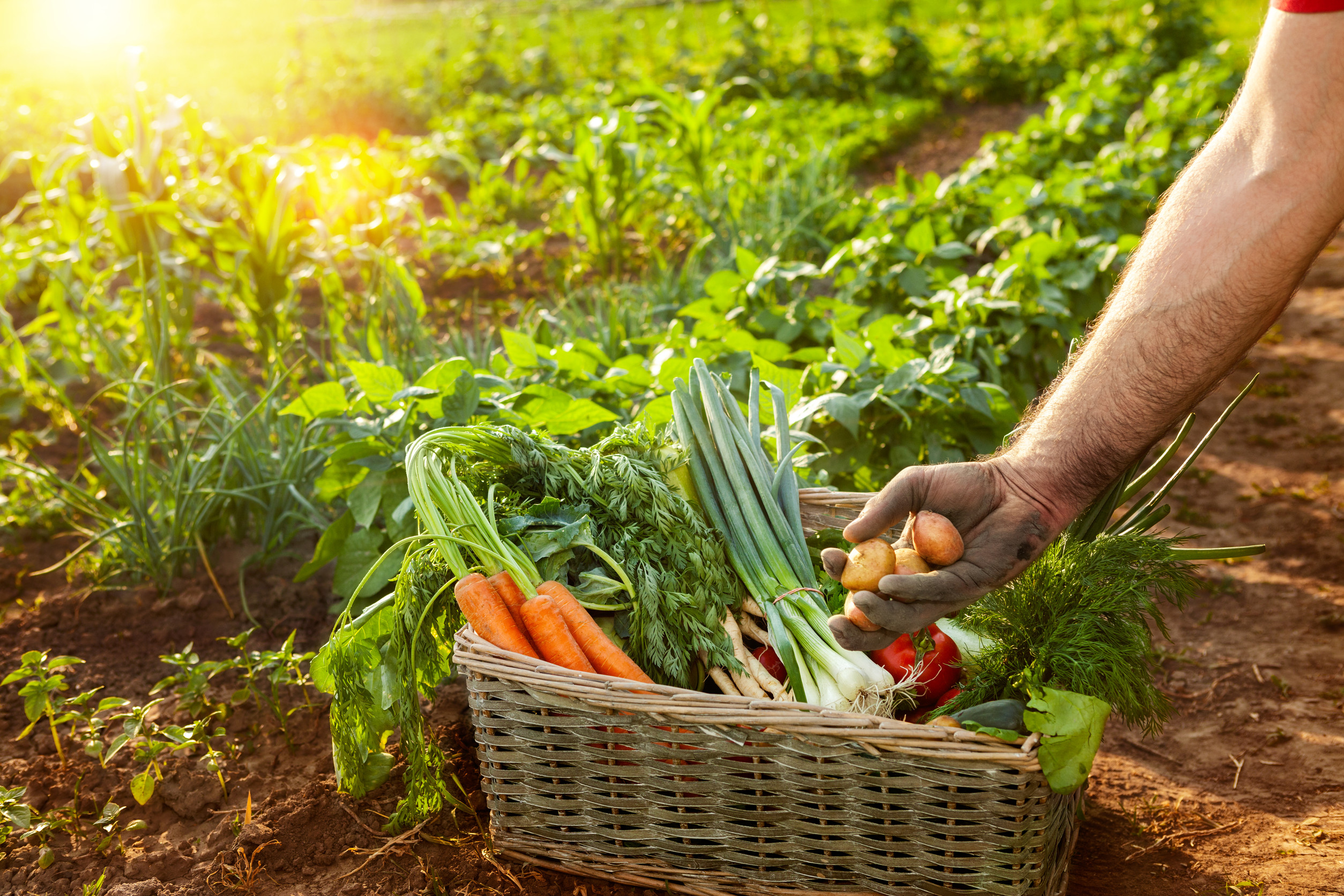
Image Source: 123rf.com
Looking for the perfect way to kick off the new year? Why not turn your passion for gardening into a thriving income with your very own market garden? This trend has definitely grown in popularity, especially amongst garden enthusiasts. Imagine blending sustainability, healthy living, and financial freedom into one exciting venture— enticing, right? Here’s how you can turn this rewarding passion into a profitable journey.
1. What Is a Market Garden, and Why Should You Start One?
A market garden is a farm designed to grow diverse crops for sale on a smaller scale. Compared to industrial farming, market gardens focus on quality over quantity by utilizing organic practices. Starting your own market garden allows you to bring fresh, local produce to the community. Interestingly, about 35% of American households engage in gardening, with many adopting market gardening as a way to monetize their efforts. It’s a flexible venture, scalable to your available space, whether that’s a backyard or a small plot of land.
2. Planning Your Market Garden

Image Source: 123rf.com
Just like in any other venture, having a solid plan before taking action is essential. Start by researching your target market and the produce that’s in demand locally. Create a crop plan and consider factors like growing seasons, soil requirements, and crop rotation to maintain soil health. Focus on high-value crops like microgreens, which can fetch an impressive $25 to $50 per pound, or specialty herbs that sell for $15 to $20 per bunch. Of course, it’s also important to be aware of local regulations about small-scale farming in your area to avoid legal problems.
3. Setting Up Your Market Garden Space
A market garden’s layout can greatly affect its productivity and efficiency. Start by testing your soil to determine whether it needs a boost from compost or organic fertilizers. You can also organize your market garden by using raised beds to maximize space and simplify maintenance. For consistent watering and less labor, consider installing an irrigation system. Pathways can be added as well for easy access to crops and reducing soil compaction. Properly designing your market garden not only increases productivity but also makes daily tasks more enjoyable.
4. Growing and Maintaining Your Crops

Image Source: 123rf.com
Choosing the right crops for your market garden is crucial. Opt for a mix of high-demand vegetables, herbs, and flowers that thrive in your climate. Pay close attention to pest management by using natural methods like companion planting or introducing beneficial insects. Regularly monitor your crops for signs of disease or nutrient deficiencies, addressing issues promptly. Keep up with weeding, pruning, and harvesting to maintain healthy plants and ensure high-quality produce. Continuous care will yield better results and keep your customers coming back.
5. Selling Your Market Garden Produce for Maximum Profit
Marketing is just as important as growing your produce. Start by building relationships with local customers through farmers’ markets or try direct-to-consumer sales. CSA (Community Supported Agriculture) programs are also a good option, which could generate upfront capital with margins of 55-65%. Use social media platforms to showcase your garden and connect with a wider audience. Highlight the freshness and sustainability of your products to attract health-conscious buyers. Consider collaborating with local restaurants or grocers that value locally sourced ingredients. By diversifying your sales channels, you can maximize profits and create a loyal customer base.
Turn Your Market Garden Dreams Into Reality
Starting your own market garden isn’t just about embracing a healthier lifestyle—it’s also a fantastic opportunity to build a profitable business. With the right know-how, you can transform even a modest plot of land into a flourishing income stream. Why not make this the year you grow your success while your garden blooms?

Vanessa Bermudez is a content writer with over eight years of experience crafting compelling content across a diverse range of niches. Throughout her career, she has tackled an array of subjects, from technology and finance to entertainment and lifestyle. In her spare time, she enjoys spending time with her husband and two kids. She’s also a proud fur mom to four gentle giant dogs.
Leave a Reply